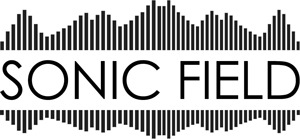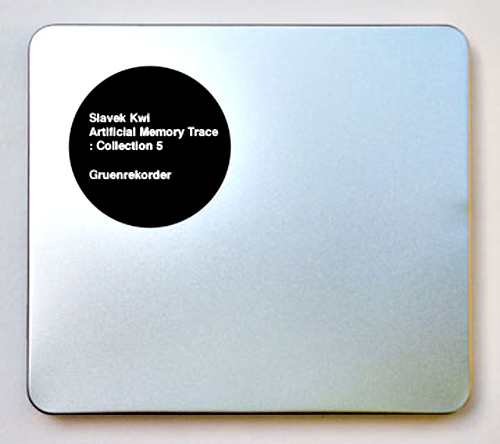Collection 5. ARTIFICIAL MEMORY TRACE -Slavek Kwi-
(Gruenrekorder 2011)
ALL PARTICLES OF REALITY RECORDED AND CREATED BY SLAVEK KWI IN VARIOUS DIMENSIONS OF TIME-LIKE-SPACE.
NO ADDITIONAL INFORMATION IS AVAILABLE WITH THIS EDITION.
PERCEPTION. NO COGNITION. LISTEN.
We are led to believe that these instructions are the only information provided with this release. Except of course they aren’t. There are several pictures on the Greunrekorder website showing leaf litter, insects, animals etc. suggesting the sources of some of the sounds. In addition there are two tracks playable directly from the site by way of a taster entitled ‘BLACK-AND-WHITE COLOBUS MONKEYS, REC. KAKAMEGA, KENYA, AFRICA’ and ‘HOWLER MONKEYS, REC. XIXUAU XIPARINA, AMAZONAS, BRAZIL, SOUTH AMERICA’. I’d say that is quite a lot of information, and it would be hard to listen to those tracks without cognition or perception.
Also we’re given the name of the composer. We know of the work he has produced in the past, we can read his biographical details and discover that he works with autistic and disabled children, largely engaging them with sound.
Essentially the first eighteen short tracks of this 80 minute collection are delicate and metallic electronic miniatures whose connection to their original sound sources has been all but severed. Reading some reviewers’ attitudes to this you could be forgiven for thinking a great act of sacrilege has taken place. Slavek Kwi has made his intentions clear in the few words of text printed at the top of this review. This isn’t a piece where the idea is to try and guess where the sounds come from. It is to treat the sounds as entities divorced from the material world.
It is true that there is no momentum or narrative to the work as a whole, but each track has many points of interest and things do develop within tight limits. It requires a different mindset to a 30 minute long unprocessed recording of a Bolivian railway station or an English wood in autumn. To a certain extent this is probably at the outer limit of what can rightly be reviewed in The Field Reporter, as it largely and intentionally obliterates field recording.
As a hypothetical experiment take a painting, for example Rene Magritte’s ‘Ceci n’est pas une pipe’. Wash all the paint from the canvas and collect it in a jar. Then display the jar of paint in the gallery claiming it is Magritte’s ‘Cesi n’est pas une pipe’.
In a sense it is, it has all the elements of color, everything that made up the image on display. But then again, it isn’t. The form is radically different and there is no longer any perception of a pipe, which is after all the whole point of the painting.
To be fair as this collection of tracks progresses bird and animal sounds become evident. I would hazard a guess that tracks 20 to 32 were recorded in rain forests, but then again there I go. Doing exactly what the composer has explicitly warned against, trying to fit sounds to places, habitats, situations, objects and images.
Because of our real life experiences and our propensity to try to make sense of things, listening without cognition is incredibly difficult. One has to consciously strive to do it as it doesn’t seem to be the default position of the human mind.
A very interesting release, but probably not for the field recording purist. It certainly raises questions and plays with ideas. If it was necessary to categorize this Artificial Memory Trace release I would place it firmly in the abstract electronica enclave, because the fact that it was made from field recordings seems subservient.
To truly make a pure piece of absolute sound recording the artist would have to remain unnamed. The piece would have to be untitled. No images would accompany it and no words would offer context. It would not be sold to people who have an interst in experimental music, but sent out at random to members of the public or given out in shopping centres.
I think we spend a lot of time fooling ourselves.
-Chris Whitehead


